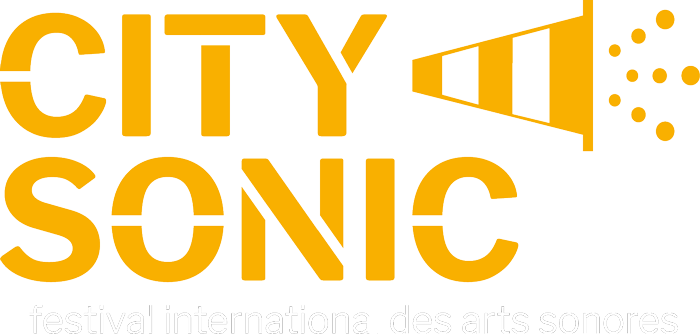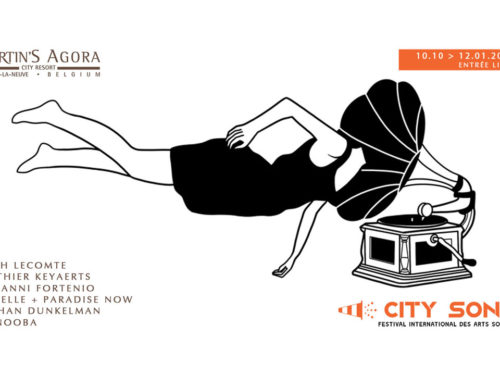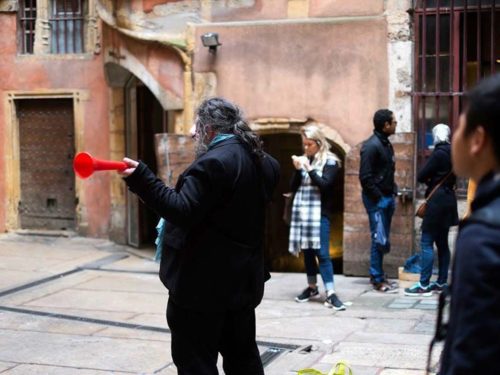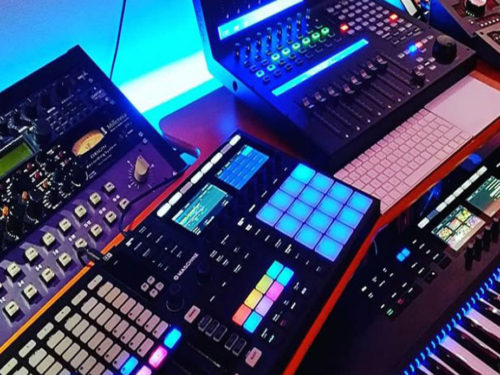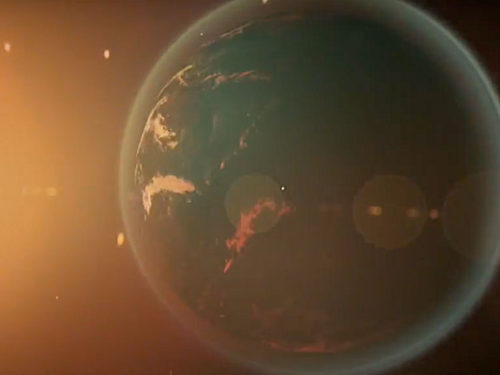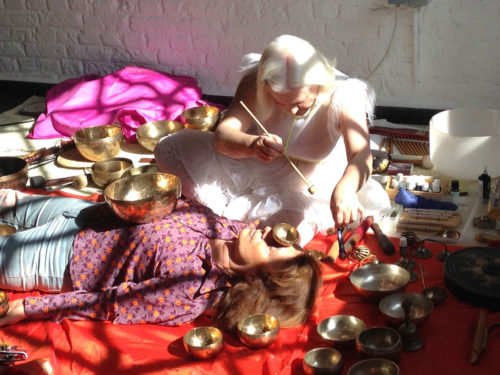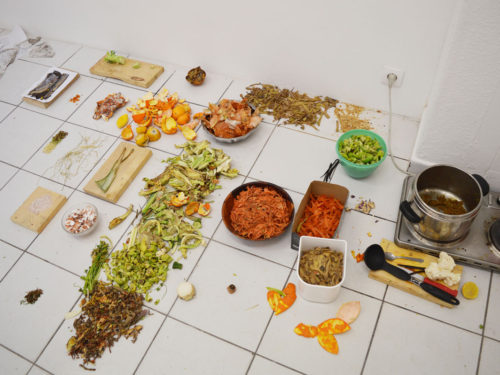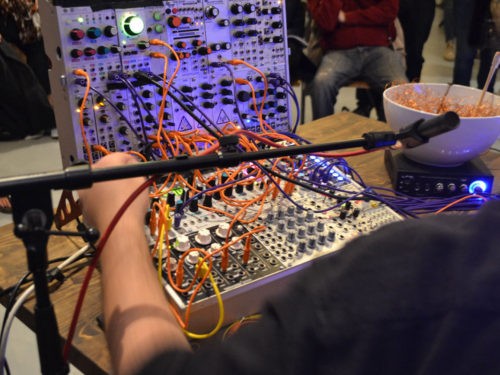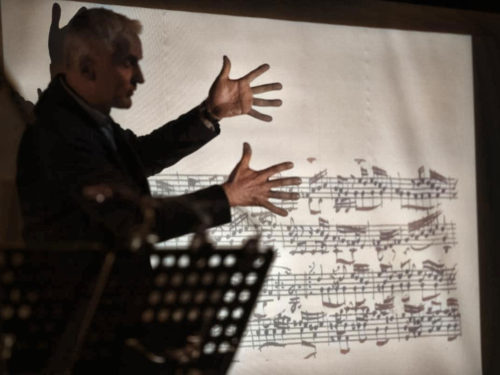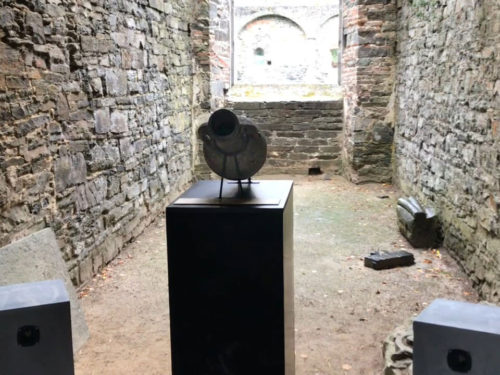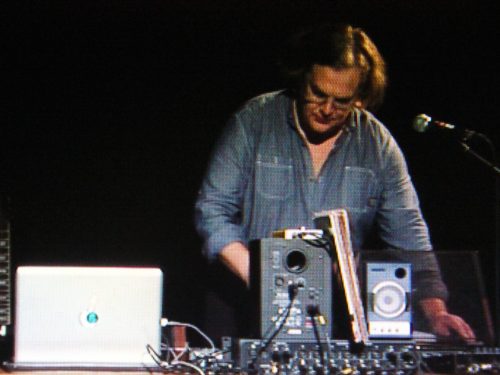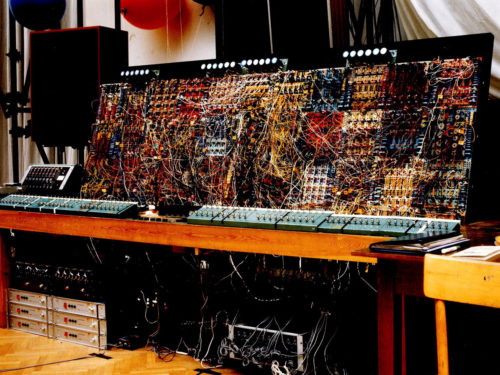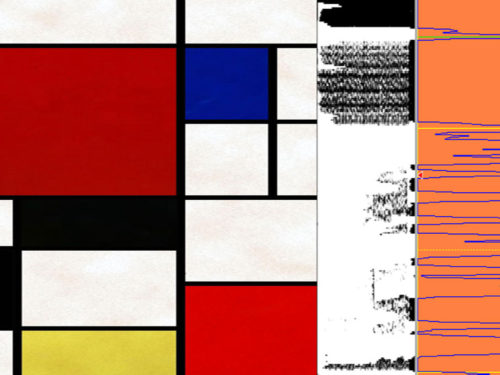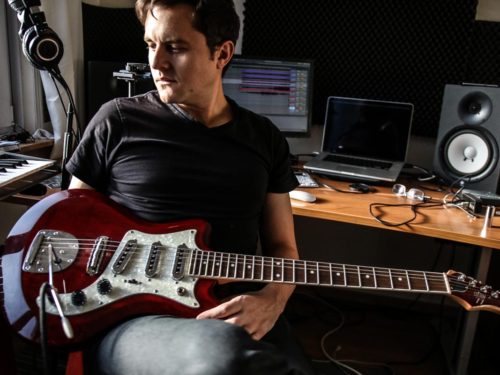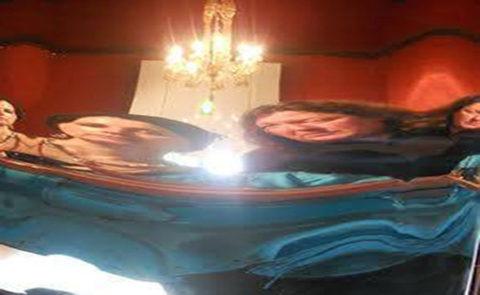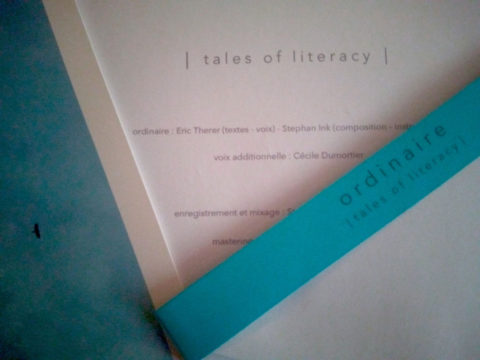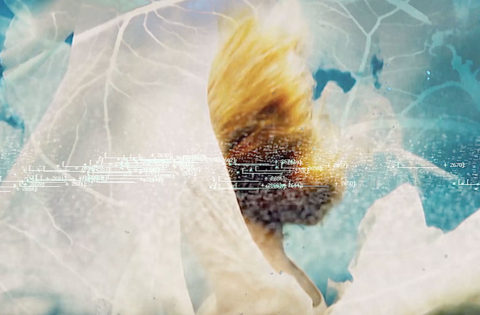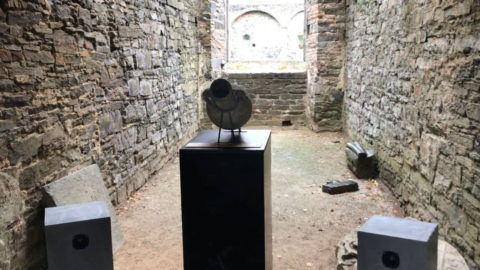
Solar Winds
The idea of presenting Solar Winds emerged towards the end of 2012, in a desire to honor the astronomers of the ancient Mayan culture and their adoration of the sun, at a time that marks the completion of the first cycle of the Mesoamerican calendar, and the beginning of another. After an initial examination of several astronomical events, Elizabeth Anderson focused on the relationship that solar winds might have with the Earth’s magnetosphere, based on charged particle fluxes emanating from the Sun.
Solar Winds incorporates acoustic translations of electromagnetic phenomena produced by the Earth, as well as other astronomical phenomena, and constitutes an imaginary auditory heavenly journey from the point of view of the listener who is the Earth.
Co-creation Elizabeth Anderson (US/Be) + Alexander Derben (De).
Directed at Metamorphoses d’Orphée studio of Music & Research, in Ohain (Belgium).
Biography
Elizabeth Anderson‘s artistic production includes acousmatic, mixed and radio works, as well as sound installations and multimedia works, and has been presented for more than twenty years at international events. She earned her first degrees in music in the United States, before obtaining a First Prize and a Higher Diploma in Electroacoustic Composition at the Royal Conservatory of Mons with Annette Vande Gorne, followed by a Ph.D. in electroacoustic composition with Denis Smalley at City University London in 2011. It is the fascination of space that is one of her main reasons for dealing with electroacoustic techniques. She sees in this medium a rich and powerful mean to share with the audience her imaginary world, that she translates and develops through her music.
Elizabeth Anderson conceived a complete course of study of electroacoustic composition at the Academy of Soignies (Belgium), where she taught from 1994 to 2002. In 2003, she joined the teaching team of the electroacoustic composition department of ARTS² – Royal Conservatory of Mons.
